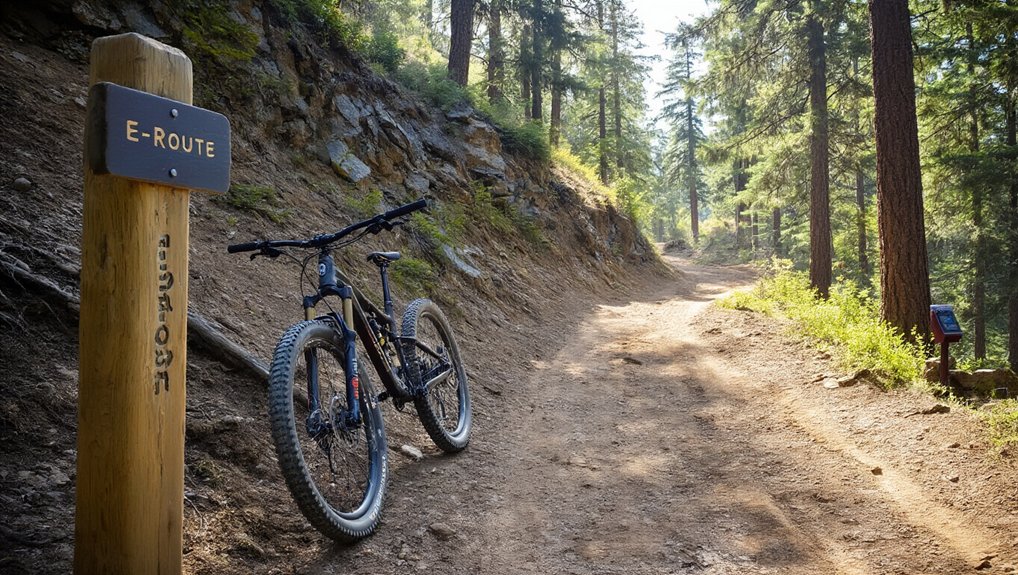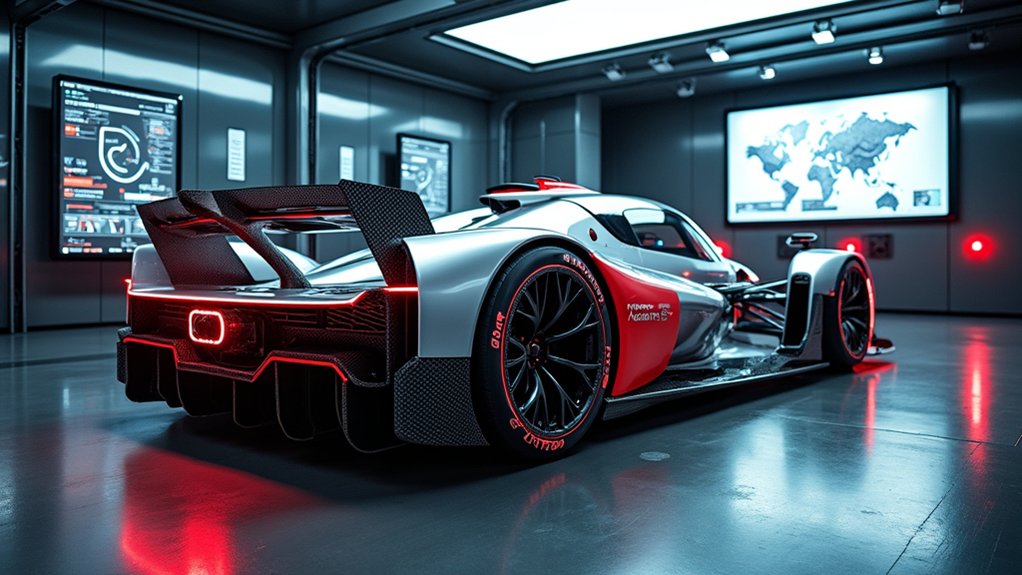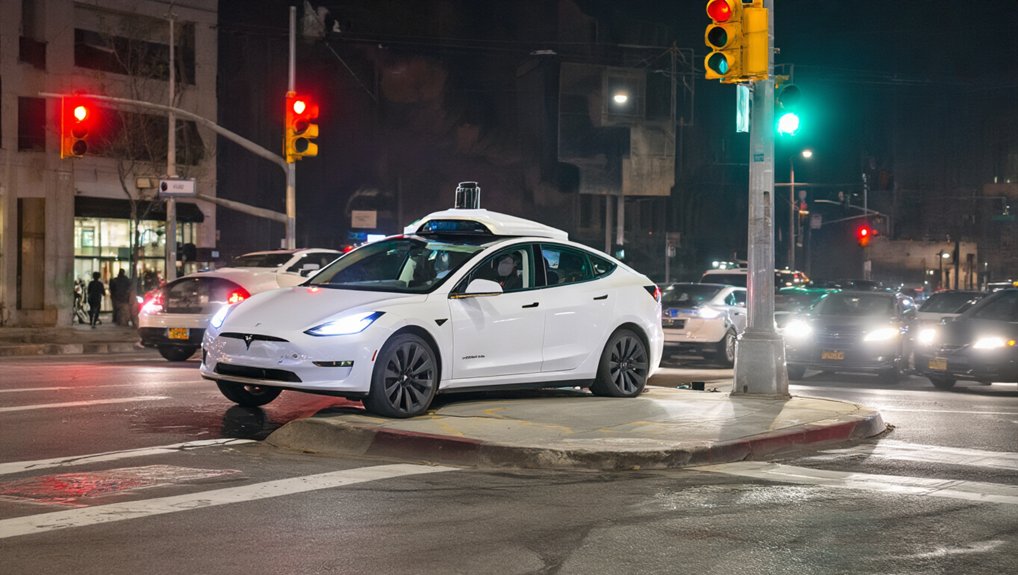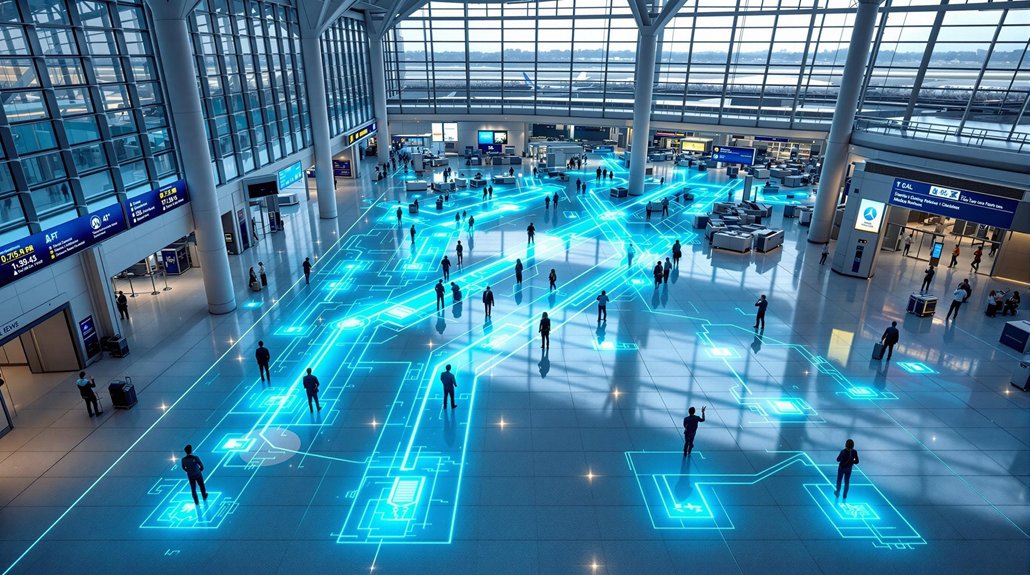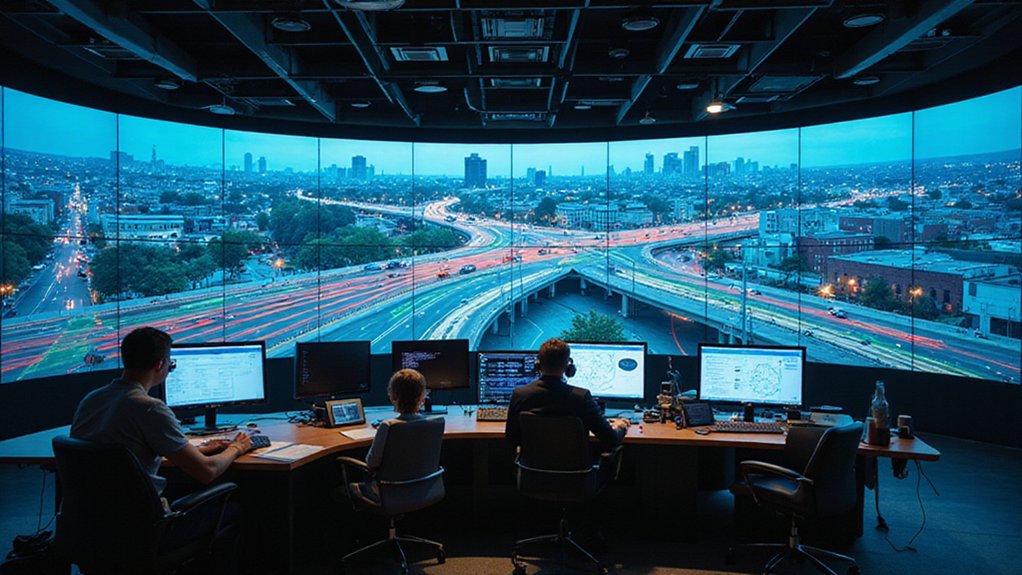Mountain biking trails are changing. Not overnight, but definitely changing. The rise of electric mountain bikes (eMTBs) has trail designers scratching their heads, wondering how to accommodate these motorized beasts without destroying what makes mountain biking special in the first place.
Traditional trail design isn’t going anywhere. The time-tested standards from IMBA and BLM still rule—grade reversals, half-rule grades, proper drainage. These aren’t just random rules dreamed up by some desk jockey. They work. They keep trails from washing out after every rainstorm.
But eMTBs are different. They climb faster. They go further. And yes, they’re changing how we think about trails. New designs feature steeper climbs that would make traditional riders curse their ancestors. Longer loops. More technical climbing features. Because why not? You’ve got a motor.
Speed is the elephant on the trail. Studies show eMTBs average 14 mph compared to traditional bikes’ 8.7 mph. That’s a big difference when you’re sharing tight singletrack. On descents? Pretty much the same speed. Funny how gravity works that way.
When wheels meet dirt, it’s physics that rules—14 mph uphill changes everything, but we all fall at the same speed.
Trail networks are adapting. Single-direction trails. Descent-only sections. It’s not just about eMTBs—it’s about keeping hikers from getting bulldozed by any bike. Some places are even installing charging stations. Because nothing says “wilderness experience” like plugging in your bike.
Environmental concerns persist. eMTBs can penetrate deeper into backcountry. That’s either awesome or terrifying, depending on your perspective. Some managers want eMTBs restricted to self-contained networks. Keep them away from the really wild stuff. Many Indigenous tribes have expressed concerns about the potential impacts of increased eMTB access on wildlife and vegetation in ancestral lands.
The rules? All over the map. Some places welcome eMTBs with open arms. Others ban them completely. Most fall somewhere in the muddy middle. The trend shows land managers opening more trails to e-bikes that were previously restricted to traditional mountain bikes only.
The trail transformation is a balancing act. New technology meets old traditions. More users, same dirt. Something’s gotta give. So far, it’s working. Mostly.
References
- https://eplanning.blm.gov/public_projects/2036037/200639798/20136245/251036225/Draft_EMTB_EA.pdf
- https://www.singletracks.com/mtb-trails/how-emtbs-are-changing-new-trail-design-and-how-theyre-not/
- https://freehub.com/features/electric-slide
- https://www.railstotrails.org/trail-building-toolbox/e-bikes/
- https://www.peopleforbikes.org/news/2025-emtb-summit-shapes-future
